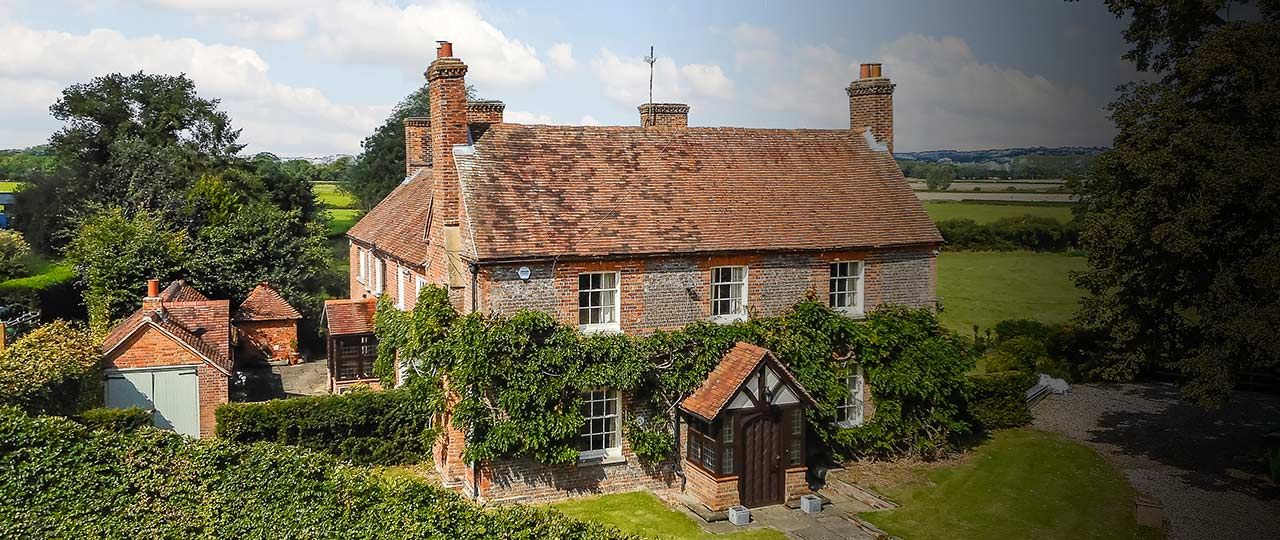
Mark Rimell
Director, National Country House Department


Director, National Country House Department
The battle for school places is one of the most stressful times in any parent’s life. And with over 90,000 pupils missing out on their first choice of secondary school last year, it’s not surprising that some parents are willing to take extreme measures to get their children into their preferred choice of school.
Why is getting the ‘right’ school important?
Our current school system has a strong focus on academic attainment and grades. But finding the right school for your child is not just about the numbers. At primary school age, the quality of the teaching and support given by a school not only boosts a child’s intellectual development but also their social behaviour. Whereas at secondary school, the right school will build confidence and ambition in pupils as well as helping them perform to the best of their ability across a range of subjects.
There are also practical considerations. Whether or not your son or daughter gets into their preferred school of choice may mean the difference between them being able to walk to school or spending an hour on the bus every day. If there are no buses and you have children at different schools, then trying to juggle school drop-offs and pick-ups around work and other commitments can become a logistical nightmare.
The cost of the school catchment area
Recent research from Santander shows that one in four parents of school-age children have moved home to be in the catchment area for their preferred school. Success can come at a high price: on average, you’ll pay a 20 per cent premium to live in the catchment area for a top state school.
For many parents, the uncertainty of their child getting a place at a top state school, along with the potential hassle and cost of a house move, adds to the attraction of a private education. And if you’re still undecided about which option is right for your child, there are places where you can have the best of both worlds. The Old Farmhouse at Aldermaston is a Grade II listed Georgian farmhouse in the Reading countryside. There’s a wide choice of excellent private and state schools in the area, including two primary schools in Aldermaston village.
Which are the most popular areas
Unsurprisingly, competition for school places is fiercest in London. In Hammersmith and Fulham, only 53 per cent of pupils got into their first choice of secondary school in 2017, with Westminster, Lewisham and Wandsworth being almost as competitive. In the home counties, house prices soar in the areas surrounding the best schools. To buy in the catchment area for Buckinghamshire’s top school, Beaconsfield High School, you’ll pay £640,000 more than the county average. This attractive, five-bedroom family home lies within the catchment area for Beaconsfield High School as well as the local outstanding Ofsted rated primary school.
If they’re moving to a new house, many families also look to improve their lifestyle, often by moving to the countryside.Wormley Hill House, which stands in a rural setting just minutes from the popular town of Broxbourne, is well positioned to take advantage of the excellent schools around Broxbourne, as well as fast trains into London.
It’s not just in the South East where competition is rife. Bristol, Birmingham and Liverpool are all areas where you have a much lower than average chance of getting into your first-choice school. In Scotland, Edinburgh tops the list of places where it hardest to get into your primary school of choice if you’re outside the catchment area. East Renfrewshire is another hotspot with six schools in Scotland’s top 50 and a competitive property market, particularly around school applications time.
Navigating a house and school move
James Mackenzie, Head of Strutt & Parker’s National Country House Department, advises parents to take a long-term view. “For a long-term and happy move, the location needs to tick the right box as much as the house. Finding a home near the right school, in an accessible location, and close to transport links, might seem like a hard task, but work with your estate agent and stay open-minded.”
And remember, a good quality of life will support your child’s happiness and wellbeing as much as any school. Mark Rimell from Strutt & Parker’s National Country House Department agrees. “I moved my family from Clapham to Buckinghamshire for this very reason; I wanted better schools for my kids with larger grounds that would ultimately give them a better quality of life.”